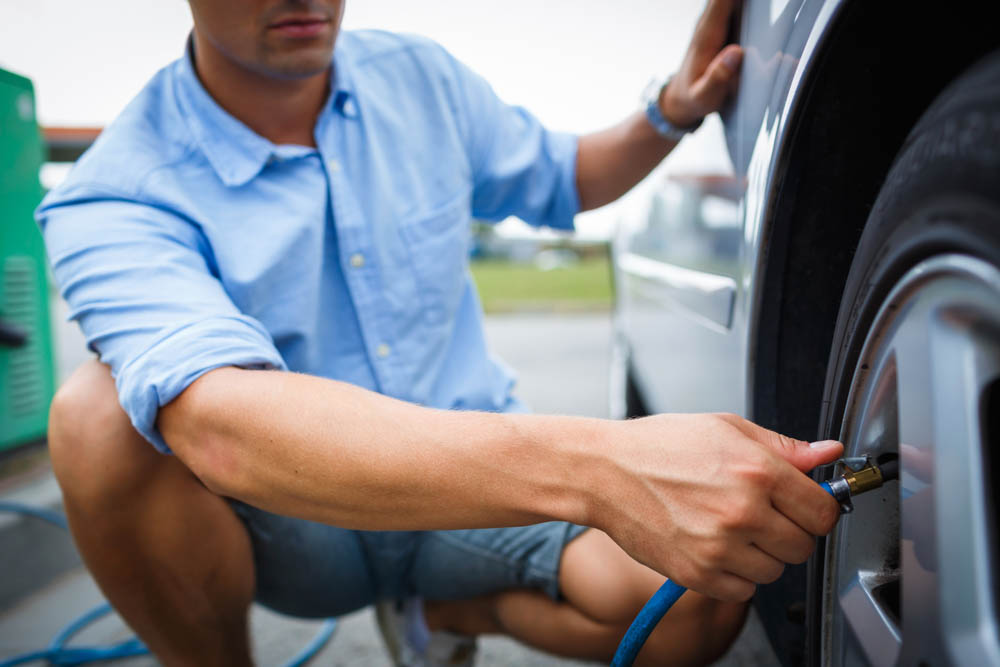Tire and Rubber Association of Canada Announces 2023 Rubber Recycling Symposium, October 4-5, in Halifax, N.S.
Cambridge, Ontario; April 5, 2023—The Tire and Rubber Association of Canada…
Continue Reading
May 8, 2023
Drivers can lower their fuel bills by checking tire inflation monthly. Proper tire inflation and maintenance also enhance safety, performance and longevity while protecting the environment
CAMBRIDGE, Ontario, May 08, 2023 (GLOBE NEWSWIRE) — Canada’s roadways will be significantly less traveled than usual this summer, according to a new Leger survey for the Tire and Rubber Association of Canada (TRAC; https://tracanada.ca/).
Sixty-six per cent of drivers say financial pressures will likely force them to cancel or limit road trips this summer. Among drivers aged 18 to 34 that number jumps to 73 per cent and 72 per cent for motorists aged 35-54.
“Our survey exposes the extent of harsh financial stresses impacting Canadian motorists and the need for more education on how to gain optimal fuel efficiency from tires,” says Carol Hochu, president of TRAC. “While Canada’s drivers are highly aware of the importance of proper tire inflation, there are major gaps in their knowledge about when and how to ensure tire pressures are always correct. By taking the time to learn a few simple techniques, motorists can save at the pumps, be eco-friendly, and experience the exceptional performance tire makers want every driver to have.”
Key Findings
However, despite high awareness of the importance of proper tire inflation, the survey found major – and potentially dangerous – gaps in knowledge about how to measure and set the correct tire inflation level.
Impact of Tire Pressure on Fuel Economy
Industry studies show motorists can improve their gas mileage by 0.6 per cent on average – up to 3 per cent in some cases – simply by keeping their tires inflated to the vehicle manufacturer’s recommended pressure. Additionally, underinflated tires can lower gas mileage by about 0.2 per cent for each one PSI drop in the average pressure of all tires. Driving a vehicle with just one tire underinflated by 56 kPa (8 PSI) can increase vehicle fuel consumption by four per cent.
Eco-friendly, Fuel-efficient tires
The survey also reveals 55 per cent of drivers are unaware tire makers offer a variety of tires specifically designed to improve vehicle fuel efficiency by up to four per cent.
The survey finds just 40 per cent of Canadian motorists are aware these fuel-efficient tires are widely available and 16 per cent have equipped their vehicles with these specialty tires.
“Drivers feeling the pinch of high fuel and living costs may be better positioned than they think to lower their fuel bills,” says Hochu. “Fuel-efficient tires, particularly when used in combination with monthly inflation checks and fuel-friendly driving habits such as maintaining a steady speed, accelerating gently and coasting to decelerate, deliver significant savings and substantially lighten a driver’s carbon footprint.”
Learn more about maximizing the fuel efficiency and performance of their tires by visiting https://tracanada.ca/consumers/.
Survey Methodology
A survey of 1,517 Canadian drivers was completed between April 6-9, 2023, using Leger’s online panel. A probability sample of the same size would yield a margin of error of +/-2.5%, 19 times out of 20.
About the Tire and Rubber Association of Canada
The Tire and Rubber Association of Canada (https://tracanada.ca/) is the national trade association representing tire makers, rubber products manufacturers and importers as well as rubber recyclers and suppliers of goods and services related to the industry. TRAC helps shape public policy that supports tire and rubber industry innovation, performance, safety, and sustainability including end-of-life tire management.
Media Contact:
Michal Majernik
Email: [email protected]
Tire and Rubber Association of Canada
5409 Eglinton Ave W, Suite 208
Etobicoke, ON M9C 5K6
Tel: (437) 880-8420
Email: [email protected]
